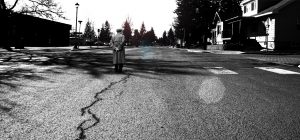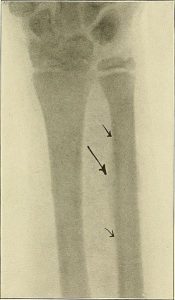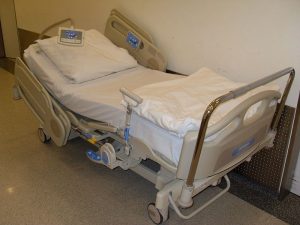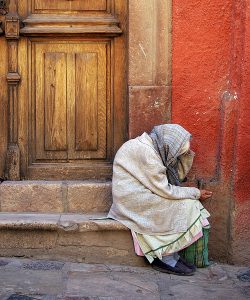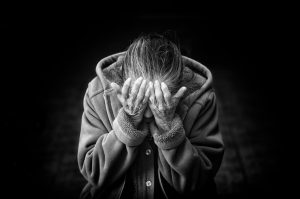 In early February, a man from Newport Coast, California was charged with financial elder abuse, 19 counts of fraud, first-degree residential burglary to commit larceny, and theft from an elder after emptying the bank account of a 95-year-old woman who has dementia and resides in a nursing home. The man was working as an assistant to the trustee of the elderly woman’s bank accounts when he is said to have stolen the woman’s checkbooks. He then allegedly forged her checks between March 2015 and September 2016. The trustee discovered the issue in October when a check was returned for insufficient funds and contacted the authorities. The Orange County Sheriff’s Department investigated and arrested the man after it was determined that he stole more than $500,000 from the elderly woman. The man allegedly used the money to pay for his personal expenses, including credit cards and European vacations.
In early February, a man from Newport Coast, California was charged with financial elder abuse, 19 counts of fraud, first-degree residential burglary to commit larceny, and theft from an elder after emptying the bank account of a 95-year-old woman who has dementia and resides in a nursing home. The man was working as an assistant to the trustee of the elderly woman’s bank accounts when he is said to have stolen the woman’s checkbooks. He then allegedly forged her checks between March 2015 and September 2016. The trustee discovered the issue in October when a check was returned for insufficient funds and contacted the authorities. The Orange County Sheriff’s Department investigated and arrested the man after it was determined that he stole more than $500,000 from the elderly woman. The man allegedly used the money to pay for his personal expenses, including credit cards and European vacations.
Financial Elder Abuse is a Growing Problem
While this story is shocking, it is unfortunately not uncommon. The elderly are often taken advantage of financially, sometimes by small amounts and other times in such significant ways that it leaves them in considerable debt or bankrupt. According to the National Adult Protective Services Association, 1 in 20 older adults reports some type of financial mistreatment in the recent past. However, this figure is likely far too low for the amount of financial abuse that actually goes on. Studies have shown that it is possible that only 1 in 44 cases of financial abuse is actually reported. This means millions of elderly across the country may be victims of theft and fraud and either unaware, unable to come forward, or too ashamed to speak up.
 San Francisco Injury Lawyer Blog
San Francisco Injury Lawyer Blog


